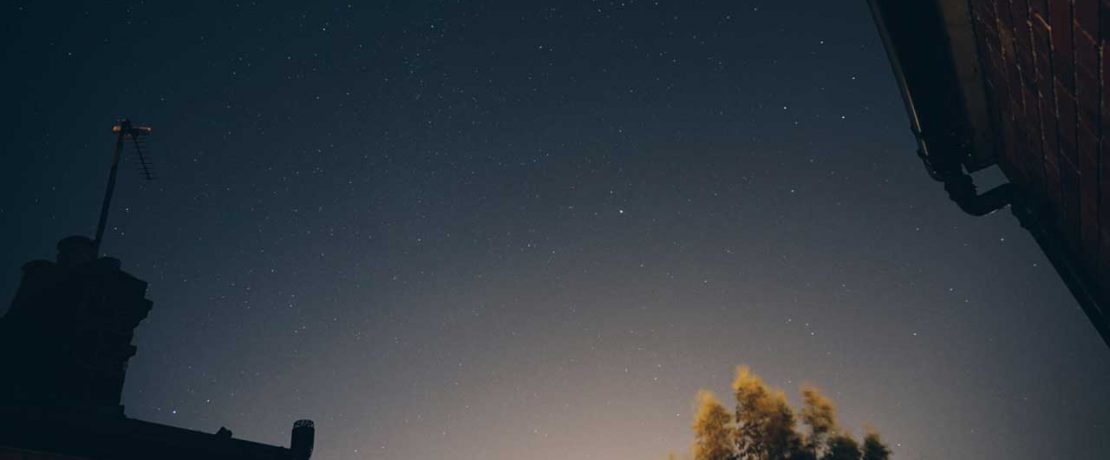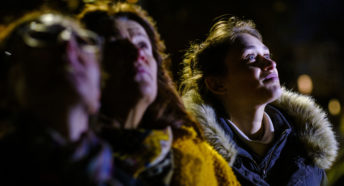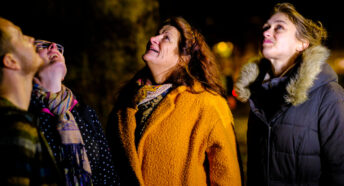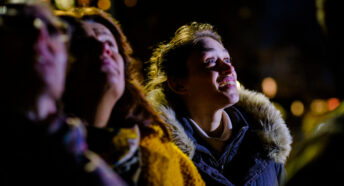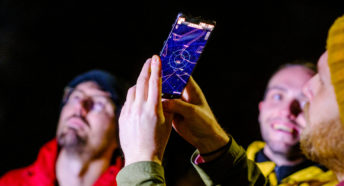The results of our 2020 Star Count are in. What do they tell us?
Hundreds of you took the time to look to the skies in February 2020 and count the visible stars within Orion. We analysed the findings – and here’s what we’ve discovered…
We believe that a velvety dark sky littered with twinkling stars is one of the most magical sights that our countryside can offer. We campaign to keep those skies as dark as possible – and our annual Star Count helps us to track how much light is bleeding out from developments and limiting what stars we can see. So did 2020 bring darker skies with more stars to see – or has light pollution worsened since last year?
What we found: good news and bad
A brilliant 2,400 of you took part, raising your eyes to the skies and counting how many stars you could see within the constellation of Orion. And now, the results of this year’s citizen science survey are in (explore the full map of results here).
The findings show that 61% of people are in areas with severe light pollution – meaning that they could count fewer than ten stars. The bad news is that this is a rise in the number of people experiencing severe light pollution since our 2019 count, when 57% of people taking part fell into that category.
At the other end of the spectrum, though, we also saw a rise in the number of people reporting to us that they could count more than 30 stars within Orion – 3% of people told us this, up 1% from last year.
Heavenly awe
We’re pleased with that small increase in the number of people who fall into the category of having ’truly dark skies’, but we’d like even more of us to have this experience. Marvelling at a starry sky can be so moving, as our chief executive, Crispin Truman, said: ‘Gazing up at the heavens can inspire and help lift our spirits, especially when many of us are forced to do so from within our homes at the moment.’
And Bob Mizon from the British Astronomical Association’s Commission for Dark Skies (CfDS), with whom we partnered for Star Count, agreed. ‘It’s wonderful to hear about families having fun doing the Star Count. Children should be able to see the Milky Way, their own galaxy, by looking up at the sky as well as by seeing pictures on their screens!’.
Many of our citizen scientists also completed a survey for us and answered the question: ‘do you think every child should be able to experience the wonder of a star-filled night sky?’ – and the answers suggest that we want everyone to enjoy dark skies. A huge 96% of people told us that they agreed with this. So what next?
Action for councils
We believe that councils have powers that can help give people a better view of the night sky, and our participants agreed, with 82% saying they’d like their local council to do more around light pollution. Crispin said:
‘We’d like to see councils adopting better policies in local plans to tackle light pollution and protect and enhance our darkest skies, where people can still experience the wonder of a star-filled night sky. There are straightforward steps councils can take, in consultation with local people, that don’t just reduce light pollution but save energy and money too.’
Why not explore the map showing the results and see what the light pollution levels are like in your area? And if you like looking to the skies, then we have more ideas for places to find dark nights and stargazing tips here.
